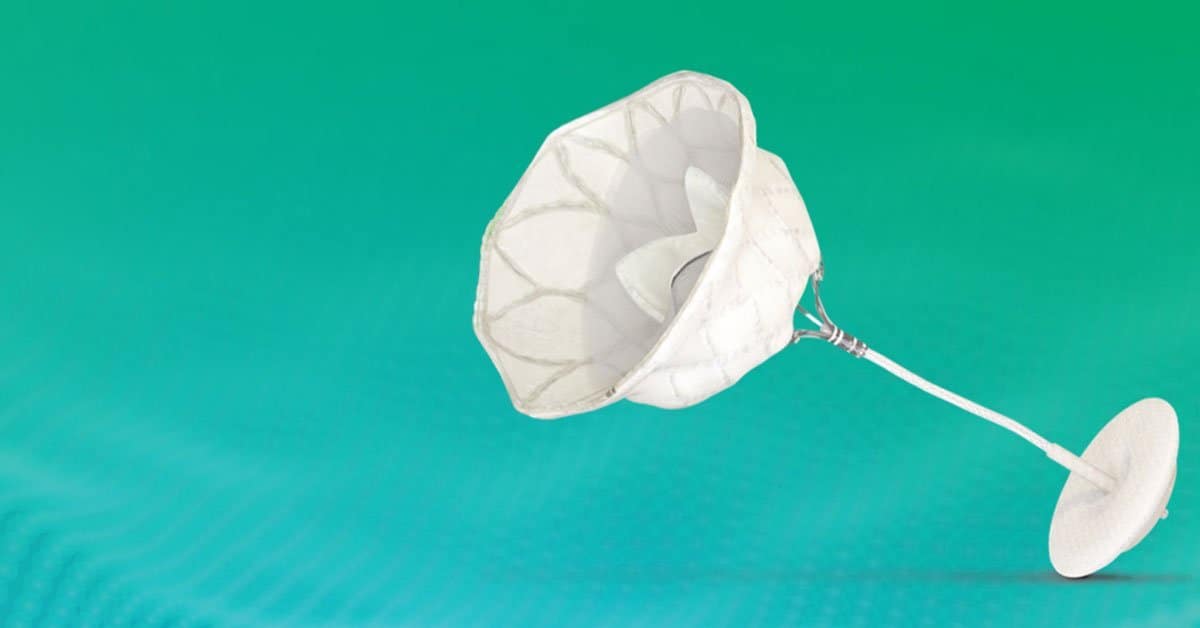The debate around AFib ablation gained clarity last week, when the CAPLA trial revealed that more aggressive treatment did not lead to better patient outcomes – but did increase procedure time.
Some experts believe that extending ablation to the posterior wall of the left atrium may help block irregular electrical signals and restore a healthy heartbeat. But this add-on strategy has had mixed success in the literature.
- The 2022 ERASE-AF study found that targeting the left atrium in addition to PVI effectively improved AFib suppression. But before that, several trials showed the opposite (STAR-AF-2, DECAAF-2, STABLE-SR-II).
Enter: CAPLA. The authors randomly assigned 338 patients with persistent AFib to receive either the standard PVI or PVI plus posterior left atrial wall isolation (PVI + PW). The authors found…
- No differences in AFib recurrences
- No differences in safety outcomes
- Procedural times were 20 minutes longer in the PVI + PW group
The Takeaway
There is a tendency to think “more is better” when dealing with persistent AFib. This study adds to a growing body of evidence that suggests sticking to the traditional PVI-only approach is as effective as additional ablation and cuts procedure time.






